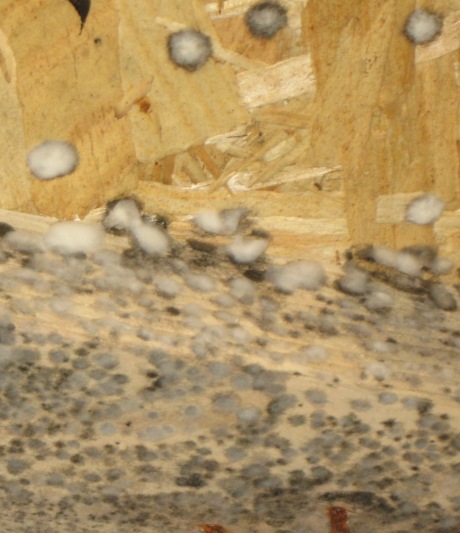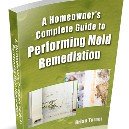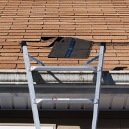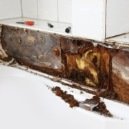Find a pre-screened local mold removal specialist Free Estimate
Find a Mold Specialist Now
Click or Call, Toll-Free 24/7
Mold FAQ
Frequently asked questions about mold in the home:
I found mold in my home, what should I do?
The first thing you should do is to bring in a professional
to inspect your home and see how extensive the mold problem is. Often you only
see the “tip of the iceberg” and there is more mold in places such as attics,
inside walls, in crawlspaces, under carpets, on top of ceiling tiles, etc. Here is a link to our 10 step guide on dealing with mold in your home.
I smell mold but don’t see any. Is it dangerous?
If you smell mold, you are inhaling mold spores and
mycotoxins, both of which are dangerous and can cause a wide range of medical
issues. To learn more about mold odors and what they mean, see “Dealing With
Mold Smells”.
What are the symptoms of mold exposure?
The common symptoms of mold exposure include a runny nose, itchy eyes, cough, headaches, congestion, and asthma like symptoms. Longer exposure can result in pneumonia, skin rashes, depression, joint pain, chronic fatigue and other life-threatening complications. Follow this link for more on the symptoms of mold exposure.
Is it safe for my family to remain in the home?
We do not recommend staying in a home that has mold. The real question you need to ask is whether it is safe to stay in the home while the mold is being removed. This is something you need to determine after discussing it with the remediation company and your family doctor.
Which mold test kit should I use to test my home for mold?
Home test kits are not as reliable as professional testing. Most homeowners will use test kits inaccurately, which will cause the results to be unreliable. Although professional testing is more expensive, when your family’s health is at stake it is important to get accurate results. For a list of professional mold testers in your area, just follow the link.
Is it safe for me to remove the mold myself?
It is always better to hire a qualified professional. In some cases your homeowners insurance may cover the cost. Check with your insurance carrier. According to the Environmental Protection Agency, you should call a professional if:
- The moldy area is more than 10 square feet.
- You suspect mold is in your HVAC system.
- The mold/water damage was caused by contaminated water such
as sewage.
- You have any health concerns. Speak to your physician before starting any mold cleanup.

How do I remove the mold?
Removing mold is more difficult than most people think. You need to isolate the mold, set up negative pressure so mold spores don’t get into other parts of your home, wear proper personal protection, and replace porous items that have mold. Here is more about the mold remediation process.
Can you recommend a removal company?
To get a list of local mold remediation companies in your area, just follow the link. When hiring a removal company, be sure to shop around and get several quotes. Check references and make sure you hire a company that specializes in mold remediation. Don’t just hire a construction company or general contractor.
How do I prevent mold in the future?
The key to prevention is moisture control. Mold can’t grow without excessive moisture. Check under sinks for leaks. Look in your attic from time to time and check to see if the roof is leaking. If your basement feels humid, get a dehumidifier. Run an exhaust fan in the bathrooms when you are showering and leave the door or window open a crack. If you have a humidifier built into your heating system, buy a hygrometer to monitor the humidity levels in your home. For detailed instructions on preventing mold, follow this link.
More Questions?
We hope this mold FAQ page was helpful. If you have any additional questions about mold in your home, please contact us. It may take a few days, but we answer all questions received.
Return From Mold FAQ To Home Page
Sources:
CDC: Mold Facts
EPA: Mold & Moisture
Free Home Inspection By A Mold Removal Specialist
Search This Website
Homeowners Guide To Mold Remediation
Recent Articles
-
See Our 5 Recommended Mold Removal Companies in Covington, KY
Apr 16, 25 12:59 PM
-
See Our 5 Recommended Mold Removal Companies in Wheaton, IL
Jun 20, 24 10:33 AM
-
See Our 5 Recommended Mold Removal Companies in Aberdeen, SD
Oct 08, 21 04:05 PM



